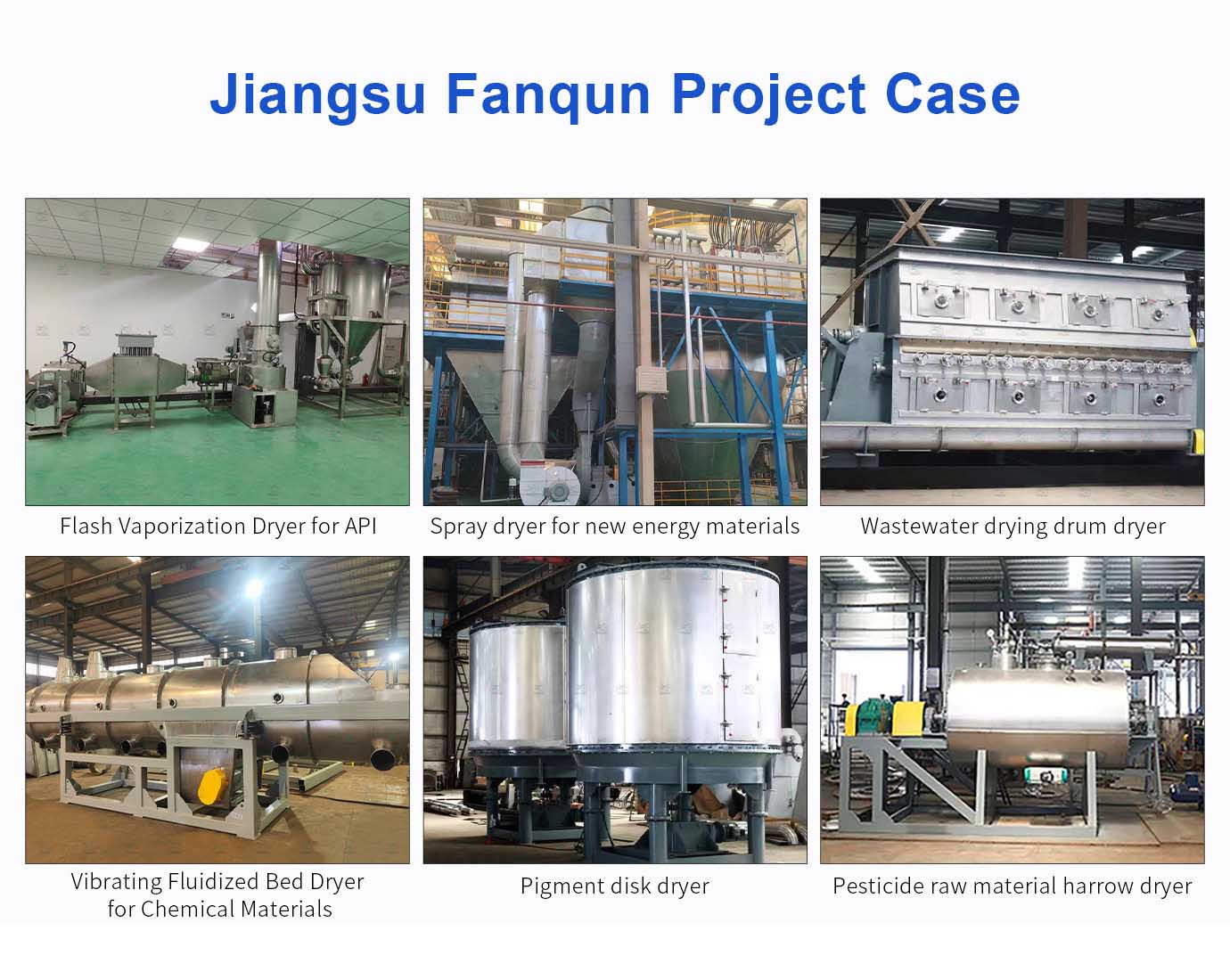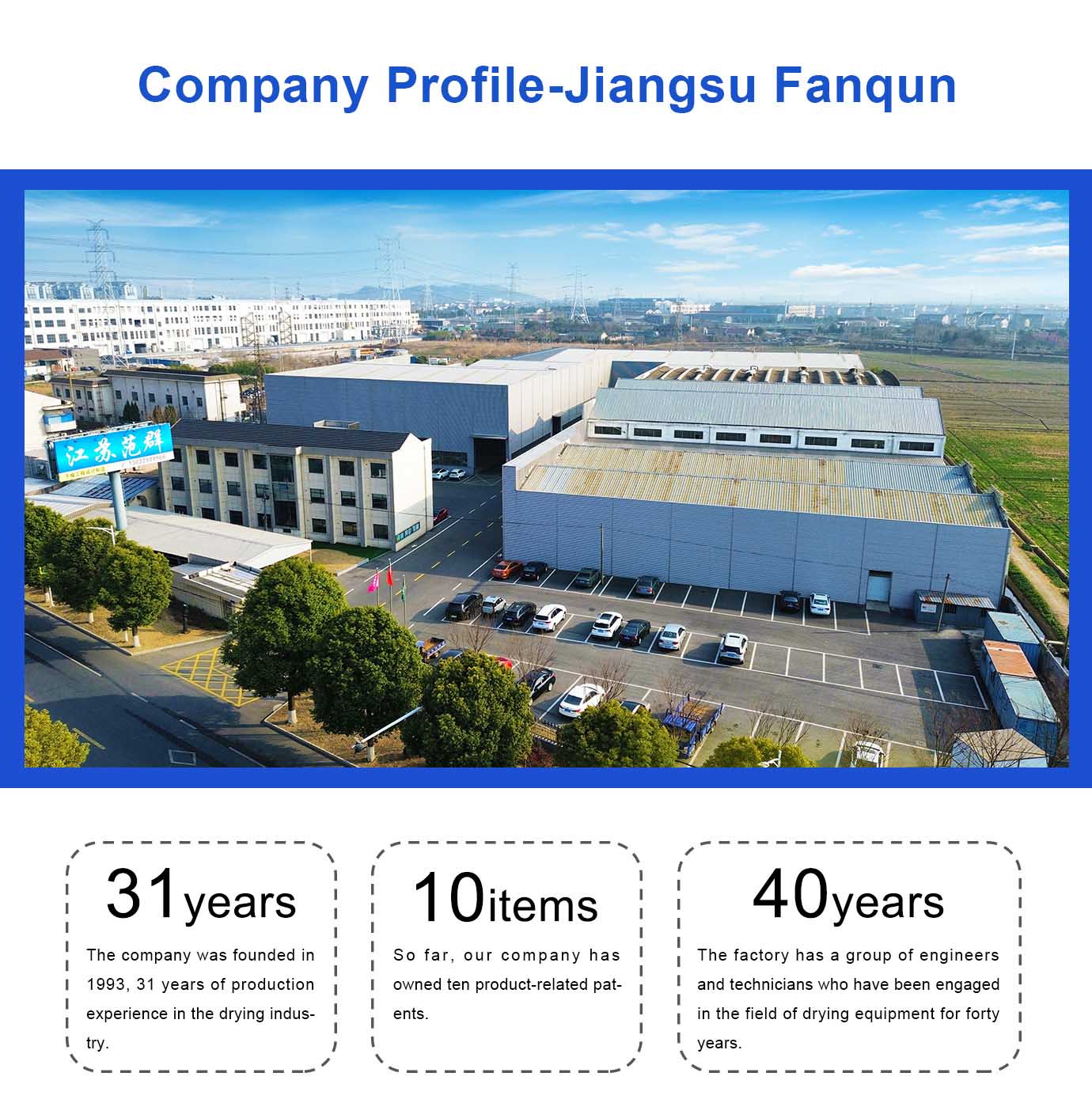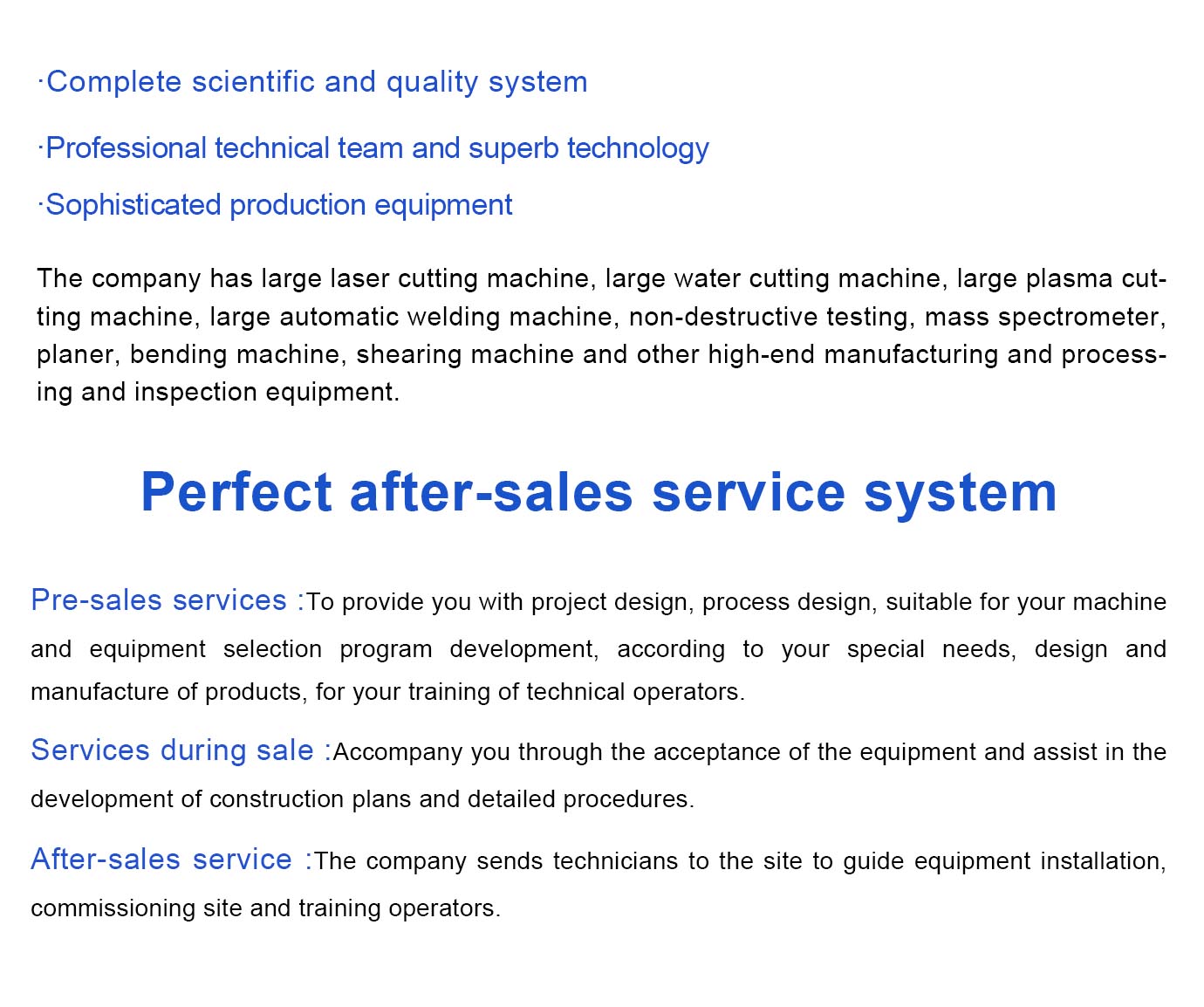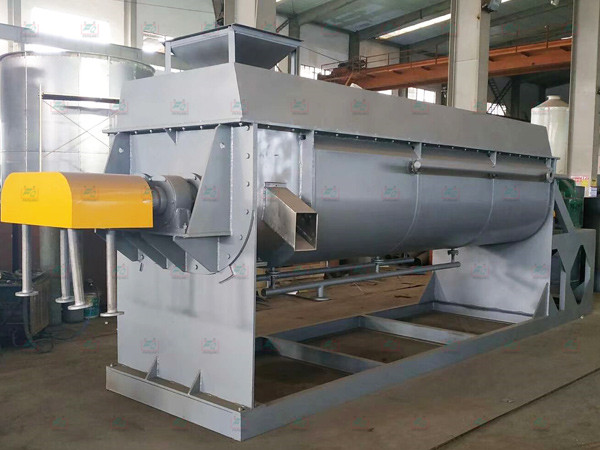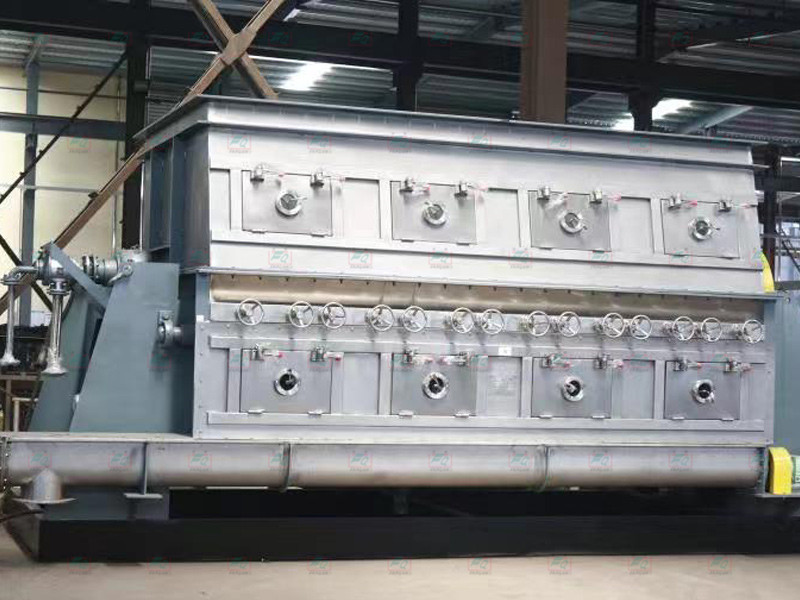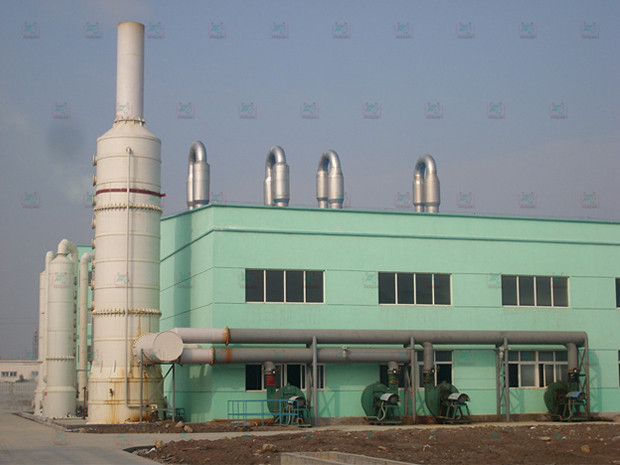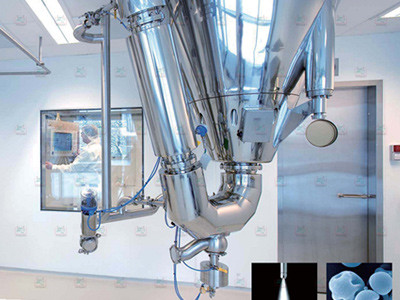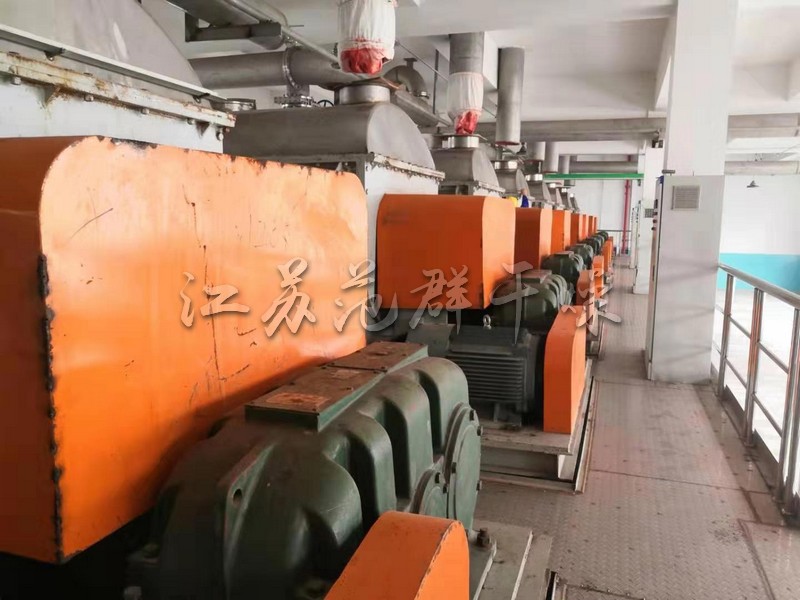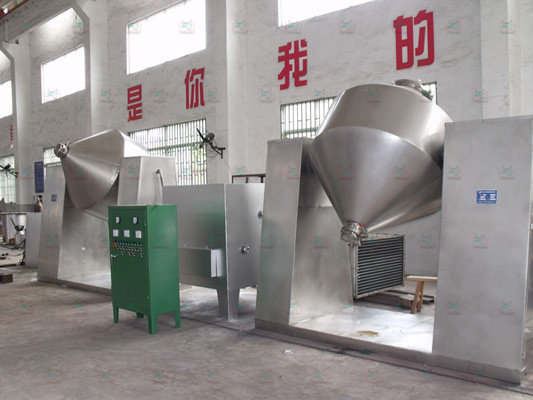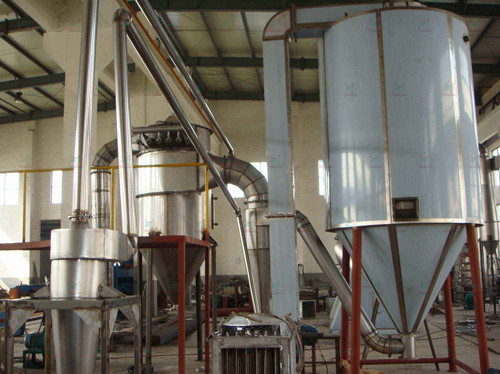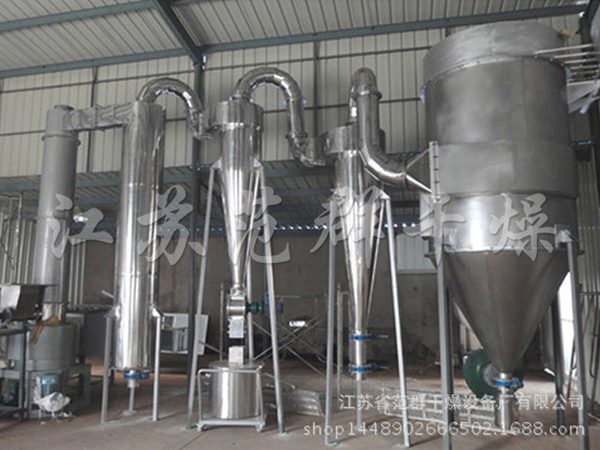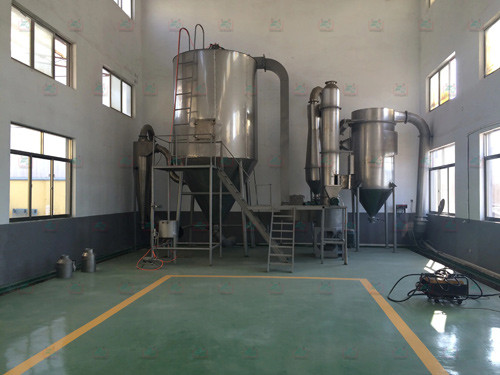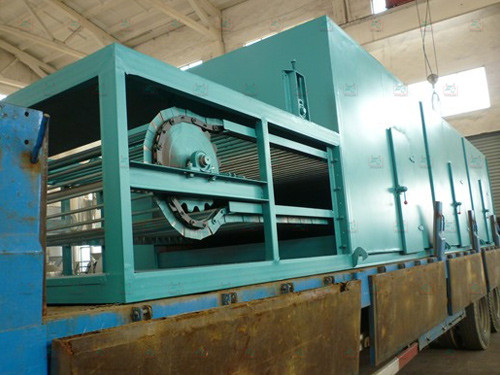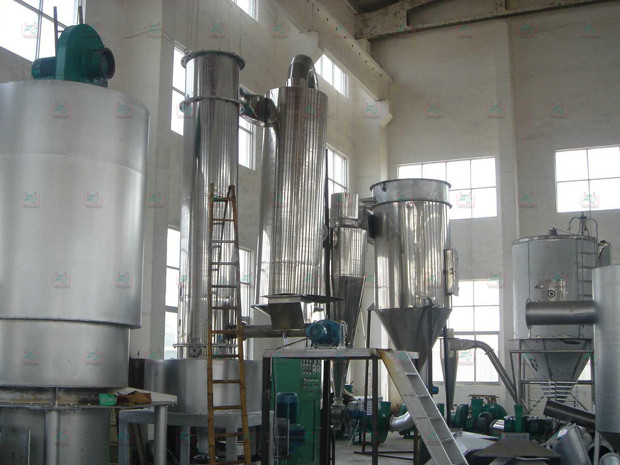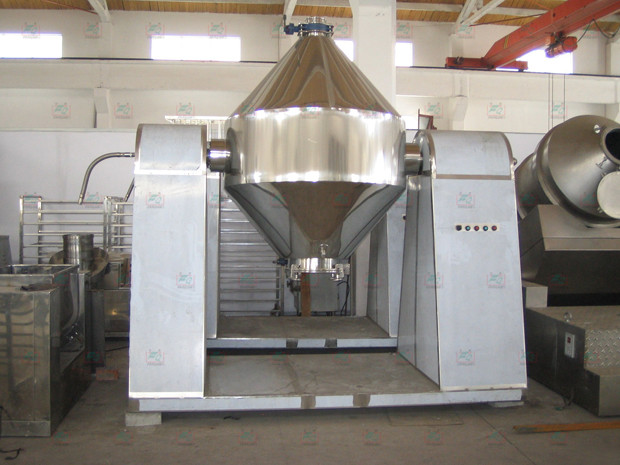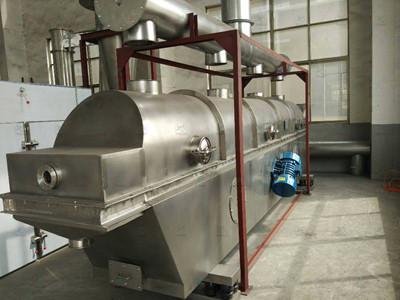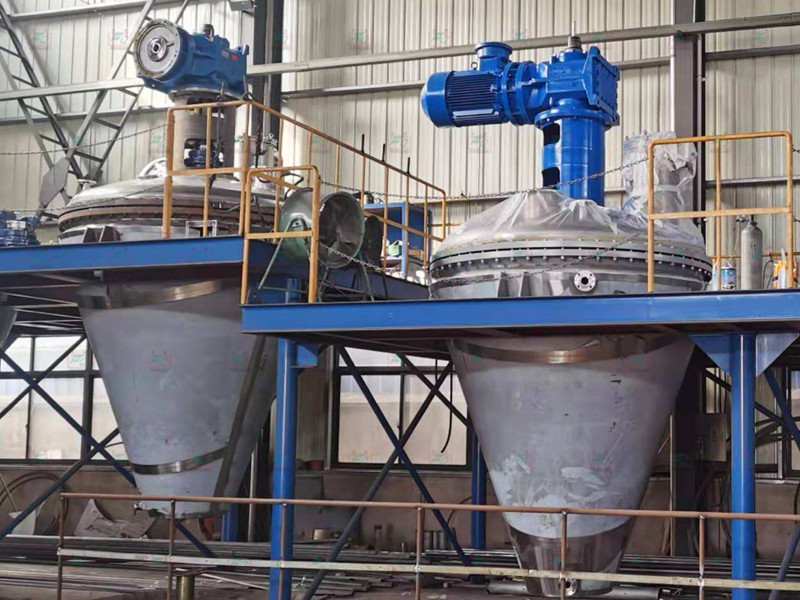Overview of Paddle Dryer
The paddle dryer uses steam, hot water or thermal oil as the heating medium, and the shaft end is equipped with a rotary joint for importing and exporting hot medium. The heating medium is divided into two ways, respectively, into the dryer shell jacket and paddle shaft cavity will be body and paddle shaft heating at the same time, in order to conduct the heating and drying of wet materials, the wet material is dried by the spiral feeder quantitatively and continuously into the dryer feeding port, wet materials into the machine, through the rotation of the paddle blade sludge turning, stirring, constantly update the heating interface, and the body and the paddle blade contact, be fully heated, so that the surface moisture contained in the sludge evaporation. The wet material enters into the dryer, through the rotation of the paddle, the sludge is turned and stirred, and the heating interface is renewed continuously. At the same time, the wet material is conveyed to the discharge port with the rotation of the paddle shaft into a spiral track, and continues to be stirred in the conveyance, so that the moisture exuded from the wet material continues to evaporate, and finally the dry and uniform qualified products are discharged from the discharge port.
Closed loop paddle dryer in the drying process, such as the wet component of the material for the solvent or water, can be recycled. Water and solvent evaporated in drying, through the cyclone separator to remove dust, sprayed by multi-stage spray tower, after spraying through the condenser will be water or solvent condensation excluded, the exhaust gas is still into the dryer for circulation. The circulating gas can be air or sui gas. The whole drying process is drying in a closed environment, characterized by no dust and no exhaust gas emission.
Closed circuit paddle dryer equipment features
1、The structure of the equipment is compact, the heat transfer surface per unit volume of the equipment is large, and it occupies a small area.
2、High heat utilization rate, paddle sludge dryer is heated by conduction heating, heat utilization rate can reach more than 90%.
3、The wedge-shaped paddle has self-purifying ability, which compresses and expands the material in the rotation and enhances the effect of heat transfer;
4、The gas flow rate in the dryer is low.
4、Low gas flow rate in the dryer, less dust is brought out by the gas, easy to recover the gas dust in the drying system, and the scale of the exhaust gas treatment device can be reduced to save the investment of equipment;
5、With the circulating fan and preheater, the heat utilization rate can reach more than 90%.
5, through the circulating fan and preheater air into the dryer for drying system preheating, until the exhaust air temperature exceeds 70-80 ℃ or more; condenser condensation tail gas moisture content of the way to the reality of closed-circuit recycling,. Realize the rapid processing of materials and no exhaust gas discharge, simple structure, energy saving and environmental protection;.
6, due to the closed drying system system filled with part of the nitrogen, the gas does not exist in the combustion and oxidation reaction, to achieve environmental protection and no emission closed-circuit paddle dryer.
Closed Circuit Paddle Drying equioment Process Flow Diagram

Optimized design of closed-circuit paddle dryer
1、Improvement design of condensate discharge system inside the paddle shaft
According to the characteristics of wet material dehydration, the condensate discharge system inside the paddle shaft is improved by installing additional devices inside the paddle to increase the drainage time during the rotation of the paddle; increasing the condensate drainage pipe, thus increasing the drainage amount of condensate. Improve the structure of the original siphon, so that the condensate discharge more thoroughly, thereby increasing the yield.
2、Modification of the external structure of the paddle blade
Some wet materials have high viscosity and poor fluidity, in order to make these materials flow forward, the general paddle drying equioment is installed when the equipment as a whole to the direction of the outlet into a certain inclination, but when the equipment is placed at an angle can not be very good control of the flow rate of the material, so it is difficult to control the drying of the material moisture, in order to improve the fluidity of the wet materials in the paddle dryer internal flow, the paddle's external structure has been made to make certain changes to make the paddle on the materials, the paddle has a forward propelling effect. In order to improve the fluidity of wet material inside the paddle dryer, the external structure of paddle is changed so that the paddle has forward propelling effect on material. Changing the rotating speed of the paddle shaft can control the propulsion speed of the material, so that the material has a reasonable propulsion speed, to maintain the material inside the equipment has a reasonable level, so that the material and the surface of the paddle blade full contact, and further improve the heat transfer area.
3、Inside the cylinder body to increase some devices
When drying to the moisture content of 60% or so, the material is very easy to agglomerate, the surface is hard, difficult to break, but the inside is still cake-like, which brings great difficulties to the further drying of similar materials; on the other hand, in the process of drying similar materials, the material is easy to embrace the shaft, so that the paddles and the shaft of the heat surface surrounded by the rotation of the movement together, so that drying the effect of the relatively poor. In order to overcome this difficulty, we also improve the dryer, increase some devices inside the cylinder body, so that the lumps of material is easy to break, so that the drying speed is greatly improved.
4、Reduce the exhaust emission of the system
Paddle dryer belongs to the typical conduction type dryer, its heat transfer and evaporation is realized by hot wall instead of gas convection, and the role of tail gas is to bring the steam generated by the drying process away from the dryer in time. The closed drying system is preheated by circulating fan and reheating mechanism, and the multi-stage spraying plus multi-stage condenser condensation is adopted to reduce the exhaust volume of the system, realizing rapid material processing, simple structure, energy saving and environmental protection.
